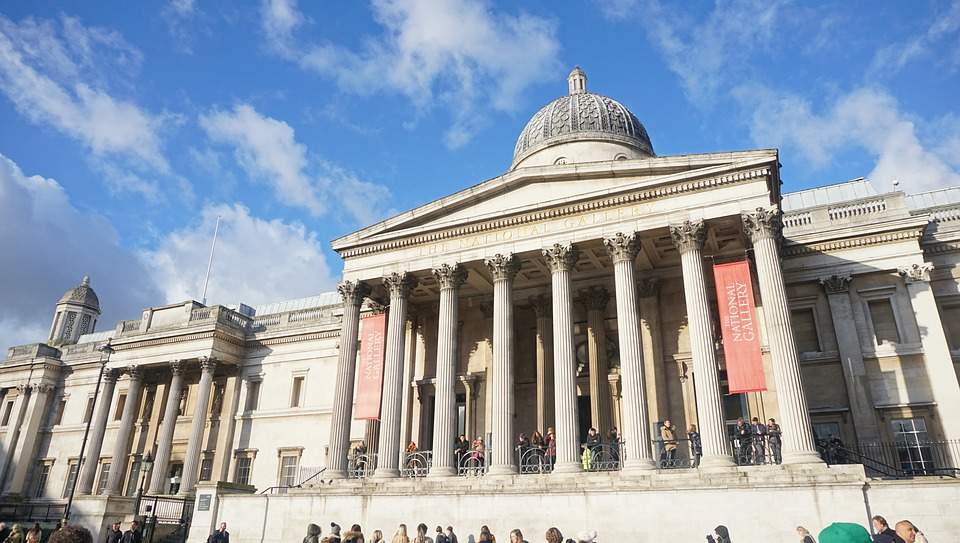The National Gallery in London has decided to reckon with its past and has published the first results of a research project to understand and acknowledge the role that slavery played in the institution’s history. That’s because collectors, experts, donors and founders of museums and galleries throughout Britain were slave owners or benefited financially from the slave trade. The project, the museum says, began to find out what connections to slavery can be traced within the National Gallery and to what extent the profits of plantation slavery impacted the museum’s history.
The ongoing research project, which started in collaboration with the Centre for the Study of the Legacies of British Slavery (LBS) at University College London (UCL) as part of the Legacies of British Slave-ownership project, began in 2018 and has elucidated many links between slave ownership, art collecting, patronage and philanthropy in Britain. The first figure researched was Anglo-Russian entrepreneur John Julius Angerstein (St. Petersburg, 1735 - London, 1823): this was because, in 1824, the British government purchased 38 of Angerstein’s paintings as the basis of the national collection. Working for what would later become Lloyd’s of London, Angerstein amassed a fortune through brokering and underwriting marine insurance, part of which (the proportions are not known) covered slave ships and ships bringing to Britain produce grown in the Caribbean by enslaved people. To date, the research project has focused on 19th-century trustees and donors, as well as some important artists. The first two phases of the research have been completed, covering the period from 1824 to 1880.
Specifically, the museum investigated whether the individual under study had ties to slavery; whether the individuals studied benefited from the slave trade and how; and whether the individual in question had ties to the abolitionist movement. Data were generated primarily through consultation of three online sources, namely the UCL Legacies of British Slave-ownership project, the Oxford Dictionary of National Biography, and the History of Parliament website. The data collected were linked to National Gallery images associated with the people being researched, and these data are now available for consultation on the website.
The museum’s approach was all-encompassing. In particular, links to slavery derinventive of family relationships, whether direct or collateral (including through marriage), professional encounters (the painter Thomas Lawrence, for example, portrayed both slaveowners and abolitionists: to get an idea of how the data were organized, it is possible to consult his file on the website), third-party ownership of a painting formerly owned, commissioned, or depicting a slaveowner were considered. Accordingly, inclusion in the search should not be understood as implying a direct link to slavery. For ease of reference for users, the individuals researched have been grouped according to the type of known connection to slavery, abolitionism, both, or neither. The presentation of data aims, as much as possible, to objectively present facts relevant to the long and complex history of the transatlantic slave trade. From the information provided, users will be able to determine for themselves the nature and extent of these connections. All data were then reviewed and verified by Nicholas Draper, founder of the LBS project.
The National Gallery is now embarking on the third phase of the research project, which will cover patrons and donors from 1880 to 1920; once this is finished, the fourth phase will cover all figures since 1640.
 |
| London, National Gallery reckons with the past and investigates its links to slavery |
Warning: the translation into English of the original Italian article was created using automatic tools. We undertake to review all articles, but we do not guarantee the total absence of inaccuracies in the translation due to the program. You can find the original by clicking on the ITA button. If you find any mistake,please contact us.